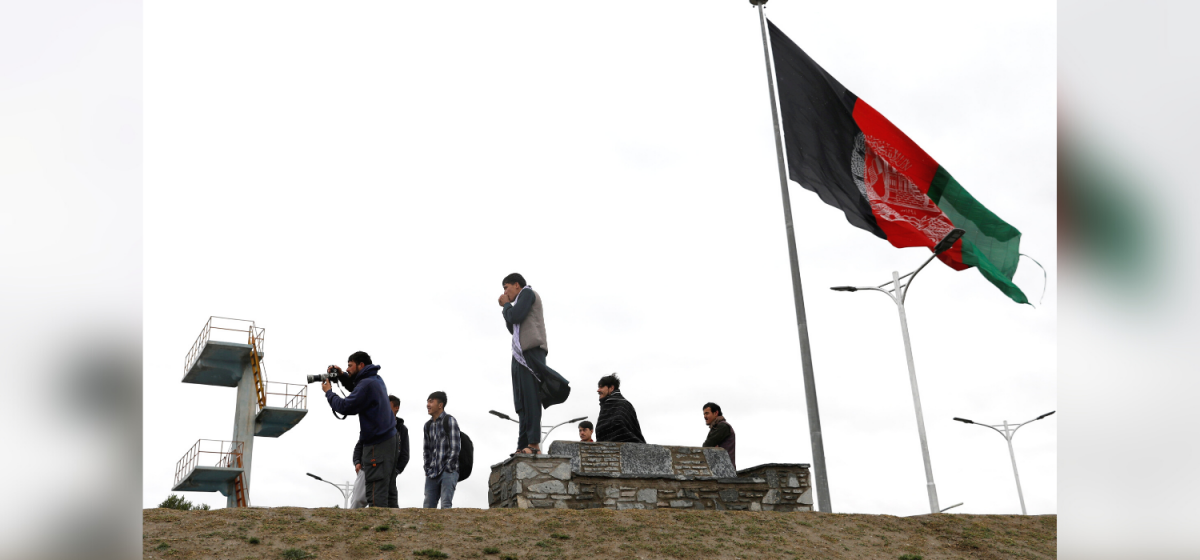Unpacking the New Set of E-waste Rules

Manika Malhotra Jain
Research Associate and Coordinator,The burgeoning problem of managing e-waste is a cross cutting and persisting challenge in an era of rapid urbanisation, digitalisation and population growth. The first set of e-waste Rules was notified in 2011 and came into effect in 2012.
An important component of the Rules (2011) was the introduction of Extended Producer Responsibility (EPR). Under EPR compliance, ‘producers’ are responsible for the safe disposal of electronic and electric products once the consumer discards them. E-waste rules 2016, which were amended in 2018, were comprehensive and included provisions to promote ‘authorisation’ and ‘product stewardship’. Other categories of stakeholders such ‘Producer Responsibility Organisations(PRO) were also introduced in these rules.
In November 2022, the Ministry of Environment and Forests further notified a new set of e-waste rules, which will come into force from April 1, 2023. These rules address some of the critical issues but are silent on others. The first main chapter of the E-Waste (Management) Rules 2022 includes the provision of an EPR framework, the foremost requirement being the ‘Registration of Stakeholders’ (manufacturer, producer, refurbisher and recycler). The earlier rules placed importance on seeking authorisation by stakeholders, but a weak monitoring system and a lack of transparency resulted in inadequacy in compliance. Most of the ‘refurbishers’ or the ‘repair shops’ operating in Delhi are not authorised under the Central Pollution Control Board of India.
Further, many formal recyclers undertake activities only up to the pre-processing or segregation stage, and thereafter channelise e-waste to the informal sector, which is a pure violation of law. A ‘digitalized systems approach’, introduced in the new rules (2022), may now address these challenges. Standardising the e-waste value chain through a common digital ‘portal’ may ensure transparency and is crucial to reduce the frequency of ‘paper trading’ or ‘false trail’, i.e., a practice of falsely revealing 100% collection on paper while collecting and/or weighing ‘scrap’ to meet targets.
Myopic with the informal sector left out
Two important stages of ‘efficient’ e-waste recycling are ‘component recovery’ (adequate and efficient recoveries of rare earth metals in order to reduce dependence on virgin resources) and ‘residual disposal’ (safe disposal of the leftover ‘residual’ during e-waste recycling). The rules briefly touch upon the two aspects, but do not clearly state the requirement for ensuring the ‘recovery tangent’. Therefore, in order to ensure maximum efficiency, the activities of the recyclers must be recorded in the system and the authorities should periodically trace the quantity of e-waste that went for recycling vis-à-vis the ‘recovery’ towards the end.
Further, the new notification does away with PRO and dismantlers and vests all the responsibility of recycling with authorised recyclers; they will have to collect a quantity of waste, recycle them and generate digital certificates through the portal. This move seems to be a bit myopic and can cause initial turbulence, where the informal channels may try and seek benefits from. PROs acted as an intermediary between producers and formal recyclers by bidding for contracts from producers and arranging for ‘certified and authorised’ recycling. Fresh challenges might emerge as companies are no longer required to engage with PROs and dismantlers, who partially ensured ‘double verification’ in terms of quantity and quality of recycling.
The informal sector, which plays a crucial role in e-waste handling, draws no recognition in the new rules which could be on account of its ‘illegality’. The informal sector is the ‘face’ of e-waste disposal in India as 95% of e-waste is channelised to the sector. Therefore, they also hold immense potential to improve the state of e-waste management. In the hierarchical process of e-waste collection, segregation and recycling in the informal sector, it is the last stage that poses a major concern where e-waste is handed over to the informal dismantlers/recyclers. The rest of the stages (collection of mixed waste, segregation of e-waste, clustered accumulation of e-waste according to their type) do not involve any hazardous practices and should in fact be strategically utilised for better collection of e-waste. For instance, ‘Karo Sambhav’, a Delhi-based PRO, has integrated informal aggregators in its collection mechanism. Through this initiative, e-waste is entered in a safe and structured system and the informal sector also has an advantage in terms of financial and legal security.
The consumer knows little
Many producers in Delhi have still not set up collection centres and some brands have labelled their head office (located on the outskirts of Delhi) as the ‘only’ collection point. Similarly, formal companies, low in number and clustered in the metropolises, also fail to provide doorstep collection to consumers when the quantum of e-waste is not enough to meet their overhead expenses or transport. On the other hand, consumers lack awareness and information about the existence of any such services.
In order to ensure the efficient implementation of the law, stakeholders must have the right information and intent to safely dispose of e-waste. There is a need for simultaneous and consistent efforts towards increasing consumer awareness, strengthening reverse logistics, building capacity of stakeholders, improving existing infrastructure, enhancing product designing, rationalising input control (by defining ‘rare earth elements’ as ‘critical raw materials’), and adopting green procurement practices. This should be supplemented by establishing a robust collection and recycling system on the ground, making it responsive to meet legislative requirements.
Also Read on : https://www.thehindu.com/opinion/op-ed/unpacking-the-new-set-of-e-waste-rules/article66560850.ece






.jpg)


